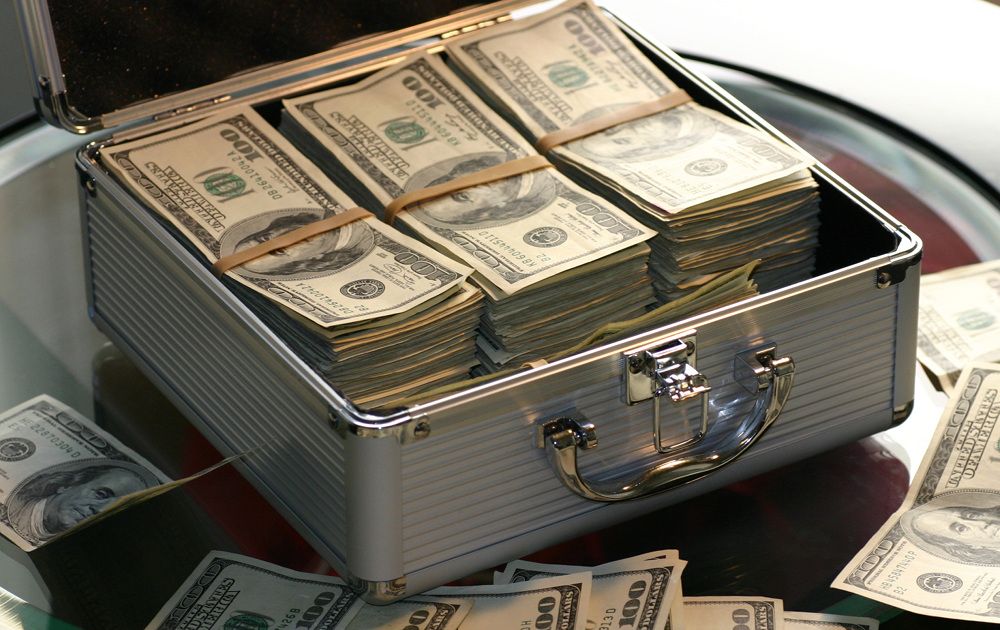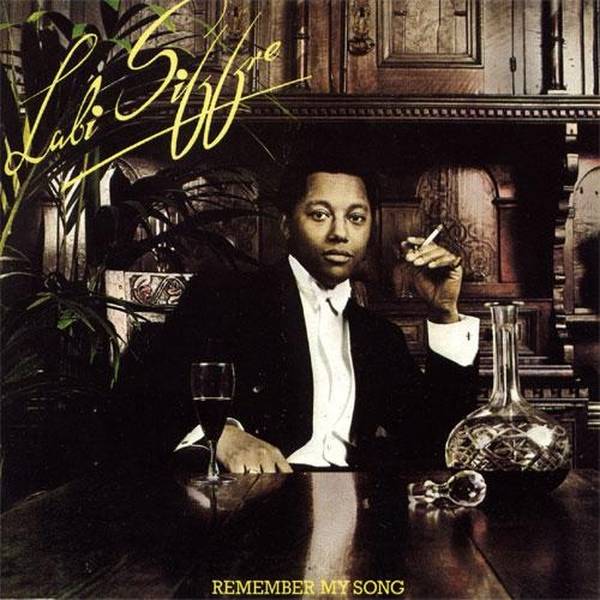Table des matières

New day of TED, three new session to comment. Well two, actually, I fell asleep before the last one, I'm sorry to say.
Session 8: Invention and Consequence
Session 8 was opened by Edward Tenner, an historian of technology and culture. I liked the way he told us that "The telegraphers of the 19th century were the original hackers", and gave an account of multiple "unintended consequences" of science and innovation : "Chaos happens. Let's make better use of it".
Chris Anderson then presented the 10 winners of the "Ads Worth Spreading" competition. He added that whatever you may feel about corporations, "When you're thinking of a better future, the world's corporations have to be part of that conversation".
Philip Zimbardo then gave a talk that I didn't care much for : He mentioned what he calls "Arousal addictions", saying that the Internet and videogames are making men always look for arousal, always for something different, and made them unable to make a real human contact with women.
He was followed by a roboticist, Dennis Hong, who showed his team's work on a car that can be driven by a blind person. Their work has multiple implications, and may one day bring new safety features in cars, for all drivers, and new interfaces for blind people to experience and control the world around them.
Sebastian Thrun, from Google, gave a similar talk : He and his team are working on a car that could drive itself, without the need for any human input. That could one day allow traffic to be fully automated, giving back the time that is lost each day in commutes.
The next talk was a scary one. Ralph Langner, a German security consultant, presented his team's finding on the Stuxnet worm, a computer worm seemingly designed to prevent Iran to get a nuclear weapon. Langner adds "The scariest thing about Stuxnet: It's generic. It could work anywhere. It's a cyber weapon of mass destruction".
Who is behind this ? According to Langner, the Mossad is involved, "but the real power is the cyber superpower. There is only one. That is the United States".
Chris then introduced Ai Weiwei, a Chinese artist under house arrest; He spoke via video. Ai Weiwei is very critical of the regime, even his name is censored in search engines. According to him, "Western nations are trying to tolerate what's happening. I think this is very short-sighted".
Eli Pariser then gave a very interesting presentation that made me think about the way we think the Internet works. In an interview, Mark Zuckerberg once said "A squirrel dying in front of your house may be more relevant to you than people dying in Africa".
Facebook, and Google, are showing us what they think we want to see, "not what we need to see". Most websites show us a tailored version of what's out there; we may miss what's "Relevant, Important, Uncomfortable, Challenging, Other Points of View". This is not only the web's fault, we are also to blame. As Eli Pariser said, "We all want to be someone who's watched Rashomon. But right now we want to watch Ace Ventura for the 4th time".
The session ended with Eythor Bender, who showed advances in the field of exoskeletons; He brought out Amanda Boxtel, a wheelchair user wearing an astonishing new exoskeleton. She was walking.
Session 9: Threads of Discovery
The ninth session was guest-curated by Juan Enriquez. The first speaker he introduced was Fiorenzo Omenetto, a biomedical engineer who showed the incredible things we can build using a 5000 years old material, silk.
Daniel Tammet, a linguist and educator, and perhaps most importantly, a high-functioning autistic savant, spoke next. He didn't "perform" for the audience, but gave a us a windows into the way he perceives the world. He also paints, and showed his piece "Fifty-Three Times One Hundred Thirty-One".
He was followed by the artist Janet Echelman, who showed some of her pieces, and the challenges she had to face to build them.
Then Ed Boyden, a neuroengineer, described how he can transform neurons to be light sensitive, which allows him to activate very easily specific part of a rat's brain.
In a short talk, Christina Lampe-Onnerud, an energy expert, showed us batteries acting as "building blocks" of energy.
Anthony Atala came up next, and talked about "regenerative medicine". Using technology usually reserved for 3D printers, his team is able to scan a patient's wound and then "print" the layers of cells required on the patient. Amazing stuff.
Steve Gullans then gave a strange talk about causes of death and accidents. I didn't quite get what he was driving at, I should try to listen to it again.
Juan Enriquez ended the session with an amazing performance by the LA Samba School. As it is always the case with samba, the audience started dancing. :)
Session 10: Beauty, Imagination, Enchantment
I missed that session; fell asleep on my couch ![]()
EDIT : Thanks to the archive; I've seen it. Here are my comments. This session was full of artists, and started with a French paper cutter, Béatrice Coron. She does interesting pieces, but her talk was a little bland.
She was followed by an amazing 22 years old, the poet Sarah Kay. She gave a beautiful and funny performance on the TED stage; this talk will be hard to translate if it goes up on ted.com :)
At Palm Spring TED U (or rather "TEDyou"), Bruno Bowden gave a short presentation on a festive project by Google, the Santa tracking website for NORAD.
Then there was a shout out to the translators (yeah me), who have worked on more than 6000 translations. TED.com has launched a new feature rencetly, TED conversations, bringing together online the TED community.
This was followed by short audience talk, a plastic surgeon came to talk about her work, and the costumes she designs for her kids. It was, at the same time, very graphic and very cute.
Kate Hartman spoke next, and presented some of her communicating interface pieces. Her talk, and her work, is very original and fun.
Next came another artist Shea Hembrey, who has created an exibition with one hundred artists that he invented, each with it's own style and philosophy of art.
After a short introduction to TEDglobal by Bruno Giussani, the singer Jason Mraz sang "I'm Yours" on the TED stage, and the session came to a close.
Commentaires
Here's a video of Google's self driving cars : http://www.youtube.com/watch?v=oMdcWHnbhsw
Man those things are faaaaast !



